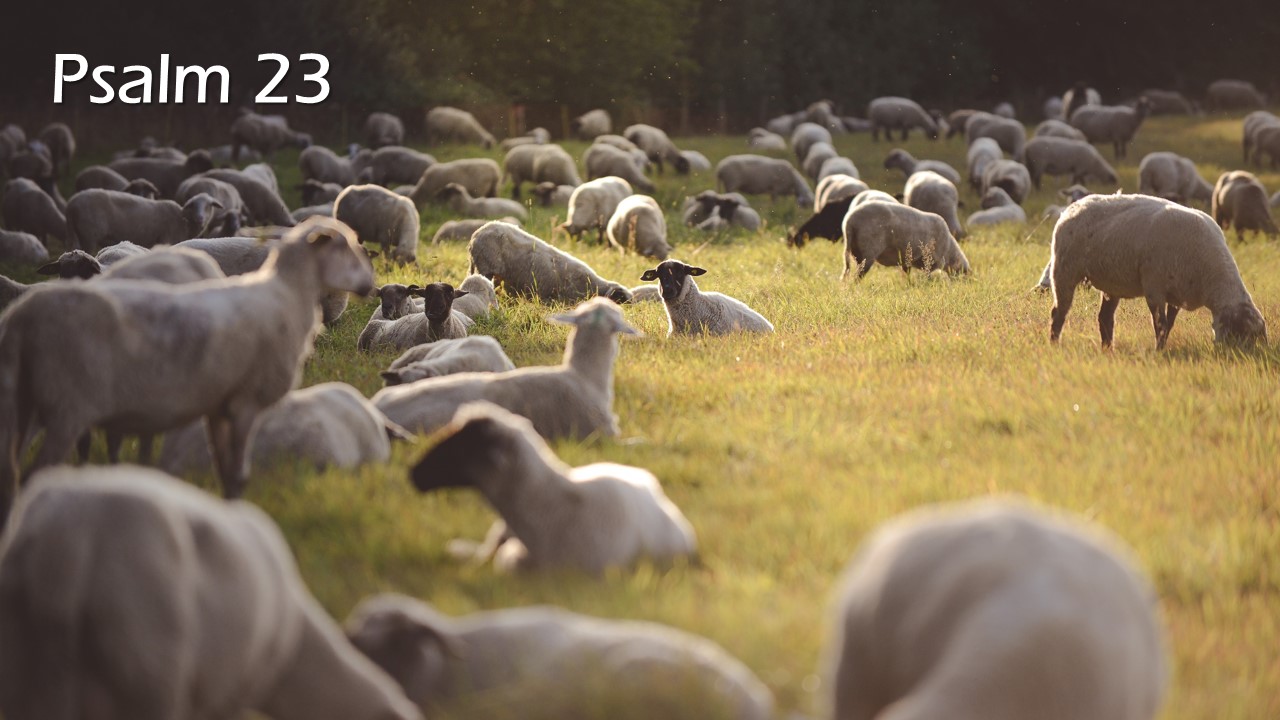The tabernacle of David is not just an Old Testament phenomenon. As we saw in a previous post, the early church realized that God was rebuilding the tabernacle of David when He began to form the church (Acts 15:16-17; Amos 9:11-12). And God is continuing to do this rebuilding work today. So what’s the tabernacle of David all about?
There are two main ideas to highlight. The first is the type of priesthood that’s associated with David’s tabernacle, and the second is the type of worship that went on there.
A different type of priesthood
The first thing to note is that even though God is rebuilding the tabernacle of David, he is not rebuilding the priesthood of Aaron, or the Levitical priesthood. There is a priesthood that is actually far greater than Aaron’s – that of Melchizedek – and his priesthood goes all the way back to Abraham’s time.
Then Melchizedek king of Salem brought out bread and wine. He was priest of God Most High, and he blessed Abram, saying,
“Blessed be Abram by God Most High,
Creator of heaven and earth.
And praise be to God Most High,
who delivered your enemies into your hand.”
Then Abram gave him a tenth of everything.
Genesis 14:18-20 (NIV)
This is a short but incredibly significant episode. Melchizedek is a king-priest who seems to emerge out of nowhere yet sets a pattern that keeps recurring in scripture. And we will see that David echoes the same actions as Melchizedek, particularly when he brings the Ark of the Covenant into Jerusalem.
David and Melchizedek
Firstly, Melchizedek is king of Salem (ie. Jerusalem). David also reigned as king in Jerusalem.
Secondly, Melchizedek is not only a king, he is also a priest of God Most High. While David is not of the Israelite priestly line (as David is from the tribe of Judah, not Levi), he acts like a priest in a number of ways. The day David brings the Ark into Jerusalem he wears priestly clothes – a linen ephod (2 Samuel 6:14). He also offers sacrifices (2 Samuel 6:17). So he is acting like a priest.
Thirdly, Melchizedek brought food out to Abraham (bread and wine), and they ate together. Abraham certainly did not lack food or provisions, so what is this all about? In ancient times, covenants and treaties were ratified by a meal. Abraham ate bread and wine in Salem (Jerusalem) with the king/priest Melchizedek – in the very place where David would eventually unite kingship and priesthood (and where, one day, Jesus our High Priest would share bread and wine with his disciples prior to his death and resurrection).
And then Melchizedek also blessed Abraham. David, likewise, provides food for all the people and blesses them on the day he installs the Ark in Jerusalem (2 Samuel 6:18-19).
So David seems to be following the pattern of Melchizedek’s meeting with Abraham, and acting like a Melchizedek priest.
David’s pattern of worship
The second aspect relates to worship. As you may know, David’s tabernacle was primarily known for its extravagant 24/7 worship. In fact, David employed around 10,000 fulltime Levites as singers, musicians and gatekeepers (1 Chronicles 23:5, 7) – all for the express purpose of worshipping God. So David completely re-formed the Levitical order. What he instituted was unlike anything that had preceded it.
It was inside David’s tabernacle that many of the Psalms were written. Psalms of worship (Psalms 42; 150), of warfare (Psalms 2; 47; 149), and intercession (Psalms 41; 43). If you read through these psalms you will see the type of worship they reveal is emotionally engaging. The psalms are full-on cries to God from the heart.
A pattern for us
So David’s tabernacle was founded on a royal priesthood – the joining together of king and priest, after the pattern of Melchizedek. It included both the position of close and personal relationship with God through a holy priesthood, as well as the authority of rulership and kingly reign. And as a result, the type of worship that was birthed from David’s tabernacle was intense, genuine, victorious and heartfelt.
And this is our pattern too. We are a royal priesthood, offering spiritual sacrifices of praise and worship to our God (1 Peter 2:5, 9).
But sometimes I wonder if we haven’t yet grasped hold of the fullness of the priesthood we have, or the depth of worship that what went on in David’s tabernacle. Or maybe sometimes we have allowed society’s distractions to blunt our depth of engagement with God?
So if there are some aspects of David’s tabernacle that are still in a bit of a “ruined” state today and need restoring, let’s co-operate with God as He continues His rebuilding work. Let’s allow His presence to capture our hearts and our focus in a fresh way. And let’s fully take hold of our royal priesthood under our great High Priest, the Lord Jesus Christ.





